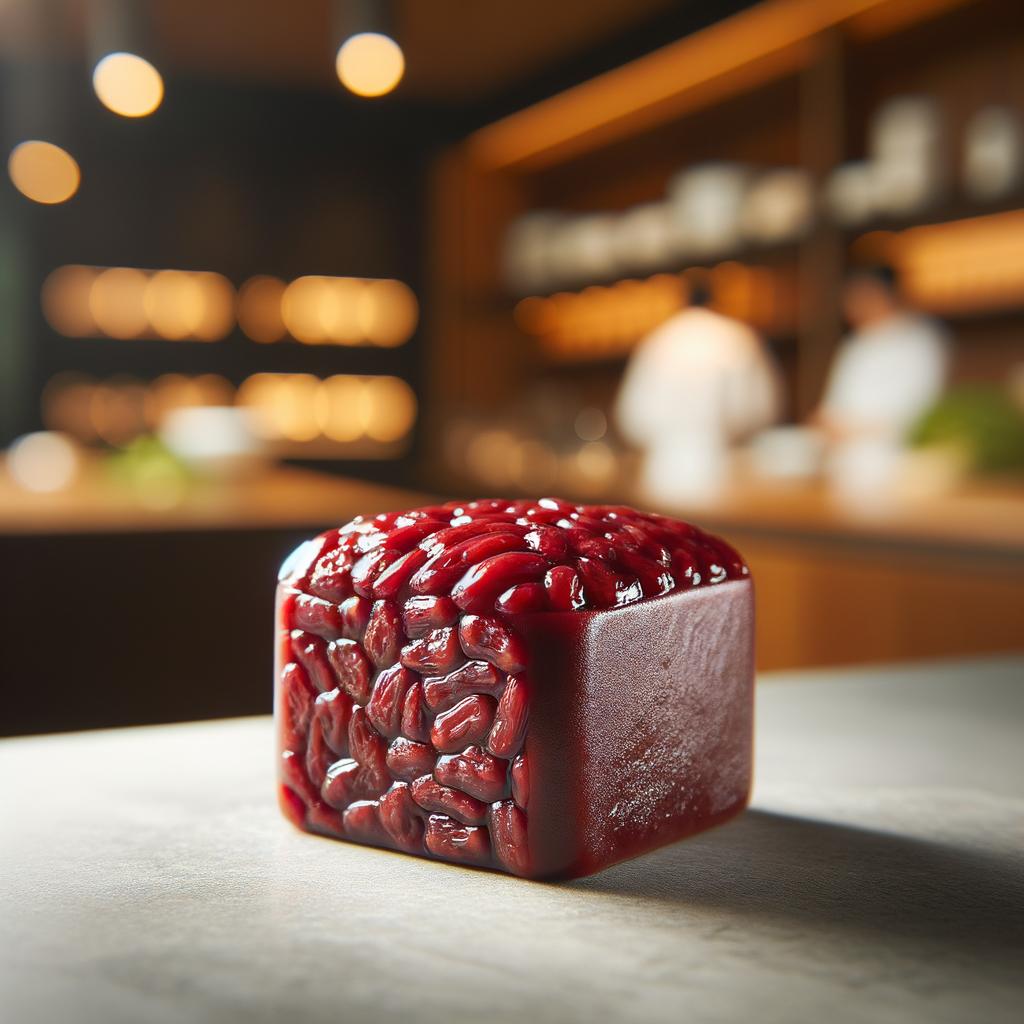Sweet Red Bean Paste

Description Sweet red bean paste, also known as "anko" in Japan, is a delightful, rich, and versatile ingredient. It has a deep, earthy red color that is reminiscent of a warm sunset. The paste is typically smooth, with a texture that can be compared to a well-cooked lentil puree, but it can also be chunky, depending on the preparation method. Its flavor profile is a harmonious blend of sweetness and earthiness, with a subtle hint of nuttiness. What sets this ingredient apart from similar ones is its unique combination of sweetness and umami, which is rare in most sweet pastes or fillings.
Primary Uses Sweet red bean paste is a staple in many East Asian cuisines, particularly in Japanese, Chinese, and Korean dishes. It is commonly used as a filling or topping in a variety of desserts and pastries, such as mochi, dorayaki, mooncakes, and buns. It can also be found in sweet soups and ice creams. Apart from its culinary uses, red bean paste is also used in traditional medicine in some cultures, believed to aid digestion and improve blood circulation.
History The history of sweet red bean paste dates back to the Nara period in Japan, around the 8th century. It was initially used as a savory ingredient until someone discovered that adding sugar enhanced its flavor, transforming it into a sweet delicacy. Over time, the popularity of this ingredient spread across East Asia, becoming a staple in many traditional desserts. There are several folklores associated with red bean paste. In Japan, it is believed that eating red bean paste before an important event brings good luck and wards off evil spirits.
Nutritional Information Sweet red bean paste is not just delicious, but also nutritious. It is rich in protein, fiber, and essential minerals like iron, magnesium, and potassium. The red beans are also a good source of antioxidants, which are beneficial for heart health and can help prevent chronic diseases. However, due to the added sugar, it is high in calories, so it should be consumed in moderation. Compared to other sweet fillings, red bean paste offers a healthier alternative due to its high nutrient content and low-fat content.

